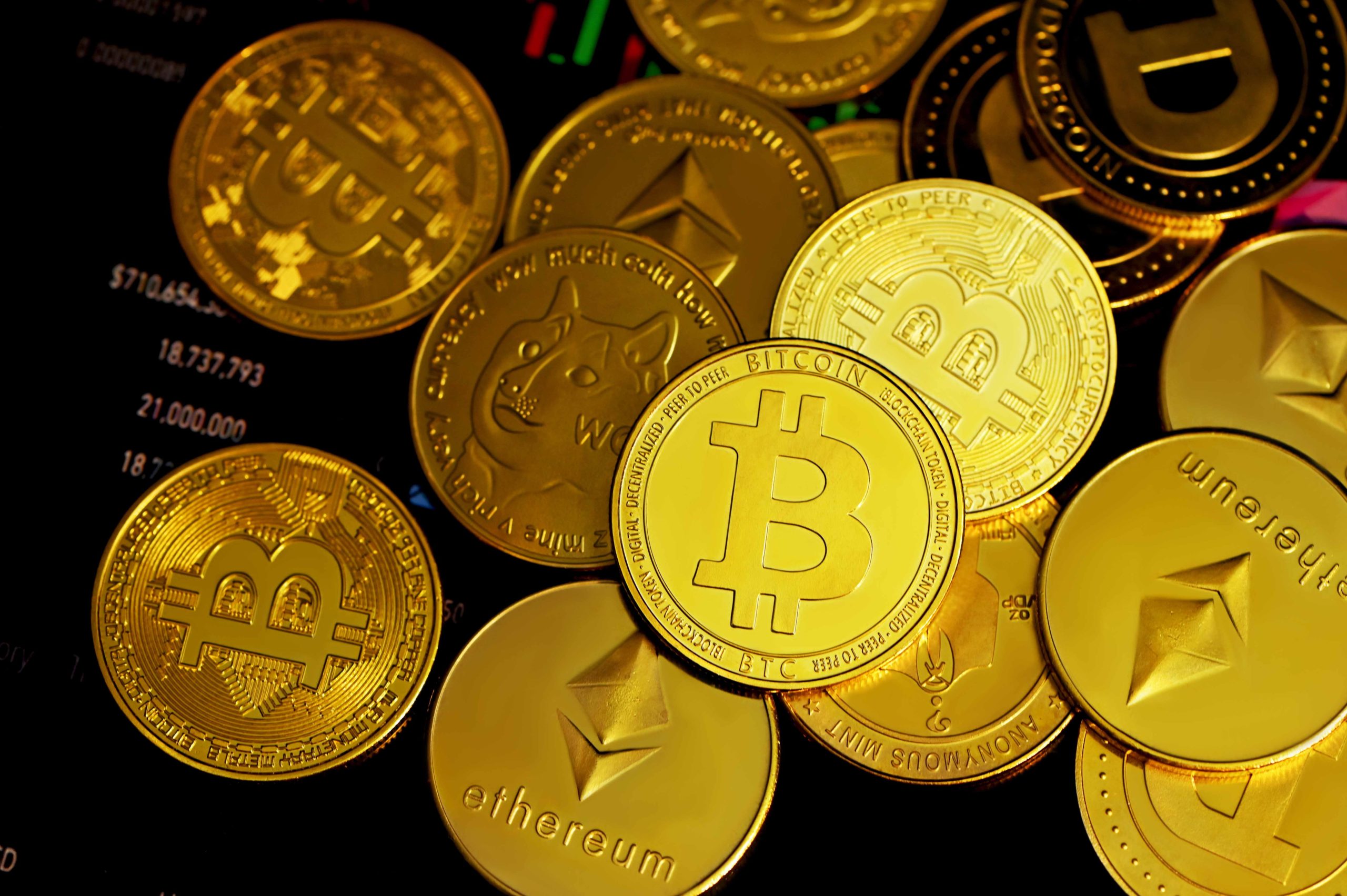
The year 2021 kicked off with an unseen before the crypto market rally that started in the middle of 2020. For a good couple of months, the prices of Bitcoin were shocking society and altcoins weren’t just lagging behind. They have seen rapid development as well.
Not just after the deep correction of the oldest cryptocurrency, but even right in the heart of it, altcoins were showing growth as well. Some bloggers claim to have made millions on altcoins during the predominantly bear market. So, what’s the secret of the new altcoin market, and how to navigate it with the biggest chances for success of your investment? Let’s explore the hottest five predictions on the altcoin market of 2022, real quick.
Blockchain technology has gone so far from simply being a number of alternative payment methods, that it’s sometimes hard to believe. Right now, the new tokens appear almost every day, and their use cases stretch far beyond what’s known as digital currencies. Yes, tokens are still digital assets, people are actively searching how to buy crypto in Canada, but these tokens have come to represent so many different things. One of the most prominent and new use cases is the Helium blockchain with its native token going under the ticker HNT.
Interestingly enough, Helium is associated with providing wi-fi connectivity around the world with the help of the newest 5G technology. Why do they even need blockchain in this case, you’d ask? Turns out, they grow the 5G network without the traditional high-cost networks. Instead, they use their own blockchain plus special wi-fi devices, which are also known as long-fi. The unusual name comes from the fact that these devices provide wi-fi connectivity for much longer distances than traditional routers can provide. So this is a powerful new concept that caters to the daily needs of billions of people across the globe, at the same time developing a new type of network architecture that is more sustainable, efficient, and cost-effective than the older wi-fi tokens.
No wonder that Helium raised over $100 million investments in the primary round from such big names as Andreessen Horowitz. Its price has risen from $1.7 to $20 over the year of 2021, that’s a 1176,47% surge.
Out of all the things that could potentially bring cryptocurrencies down in the eyes of regulators is, of course, the level of pollution caused by mining. Excessive power consumption leaves a giant carbon footprint, and countries are trying to officially implement policies in which the electric power consumption could be reduced or at least, become greener.
In this situation, a thing like a blockchain that tracks the worldwide carbon footprint has become insanely popular. It’s called VeChain. Its native token VET surged from $0.003 in 2019 to $0.25 in May 2021. Numbers are low, the beginner would say. And yes, this token is cheap, unlike Bitcoin, and it seems like it’s not designed to hit the records of a price per unit. But just think about it. That’s the 8333,33% rise! Much better than a low-key few percent on deposit in your regular bank.
The thing with VeChain is that it creates a verifiable and honest track of a carbon footprint on Earth. For sure you’ve heard various claims about Bitcoin mining consuming power the size of a country. And each source compares the numbers to a different one. Bitcoin footprint is being compared to the power consumption of Argentina, Singapore, Malaysia, and a number of other countries. But where is the truth? Now you know. You can find a really honest record on VeChain.
Another new and hot trend that has to do with the nearest future of altcoins is the concept of a gaming multiverse. As you might have already guessed, a multiverse is like the unity of a few universes. That’s exactly what happens when you’re interacting with Enjin – a new blockchain for sharing in-game assets.
Enjin works like an NFT platform where every asset is unique. What’s even better is that you can use one asset across multiple games, and Enjin blockchain has all the necessary infrastructure to make it possible. Gamers are going to trade assets between each other and not just to store on some digital shelf, but to use them in their gaming accounts. The ownership of every asset is official and can be tracked through the blockchain. This new project kicked off in 2017 with a price of $0,017 per one ENJ. In mid-2021 it saw a rapid surge to $3.45 (a 20294,12% rise) and later, till the end of October, it decreased to $1.47 (8647,06% rise). The percentage is fascinating, but remember that if you invested in this token, you would have to let it sit for around four years to make significant returns.
And one more thing that’s likely to be moving forward in 2022 is the collaboration between blockchains and decentralized oracles. Put simply, an oracle is software that makes connections between different blockchains, even the ones that work on completely different protocols. Since most of the popular protocols are very specific and have their own advanced architecture, having an oracle that could perform, for example, smart contracts between those polar opposites actually turned out to be quite a successful idea.
Started off with a price of $0.17 in 2018, LINK token jumped to an incredible $52.2 per unit (30705,88% rise) and then corrected to $24.05 (14147,06% rise) in October 2021.
What’s really good about Chainlink is that it reconciles and verifies data from various sources to make smart contracts accurate and trusted. Developers feel positive about this blockchain from a long-term perspective because it is going to be useful for building bridges in and outside of DeFi sector.
This news is republished from another source. You can check the original article here



